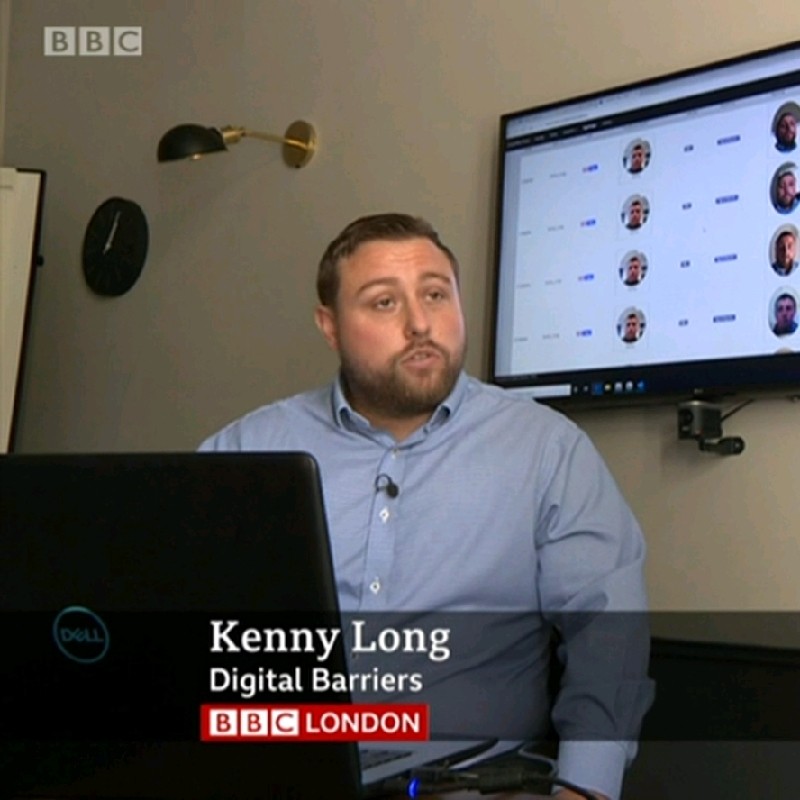The UK government recently announced a doubling of the Safer Streets Fund to £45 million, as it seeks to reassure the public that safety is a top priority, as the night-time economy makes a return.
More than just surveillance
While this funding increase is much needed, it’s vital that the government and local councils use the money strategically, or risk missing out on a great opportunity to deliver real change and enhance safety across the United Kingdom.
One of the main strategies cited by the government is to increase the current vast number of CCTV cameras installed across the country, despite the fact that the UK is already one of the most surveilled nations in the world.
Investing in video analytics
London alone has around 700,000 cameras, but to effectively monitor them all would be an incredibly inefficient use of manpower and require a huge number of staff. Therefore, I believe the clearest and most cost-effective way for this project to succeed in its overall mission, is by investing in smarter technology, such as video analytics.
Incorporating video analytics into existing infrastructure is the clear solution
This technology offers a more efficient use of resources, faster response times and enables more informed, time-critical decision making, when reacting to unfolding events in real time.
Incorporating video analytics into existing infrastructure is the clear solution, as the technology enables legacy assets, such as analogue CCTV cameras, to become more than just after the fact evidence gathering tools and instead be used to help enhance real-time responses to unfolding incidents.
Artificial intelligence-enabled solutions
Artificial intelligence-enabled solutions are trained using vast datasets of images and video footage, in order to better understand people, objects and vehicles that are captured on film, and they continue ‘learning’ and improving, while in use.
The system’s algorithms analyse and prioritise input from video data to decide which inputs are of value, automatically classifying the footage and notifying security personnel accordingly. This reduces response times by notifying CCTV operators of an incident, as it happens, meaning law enforcement and security personnel can react faster and intervene in an ongoing situation.
Edge technology and real-time video streaming
A key consideration should be choosing a technology that can operate at the edge and deliver real-time video streaming, even at the lowest bandwidths, so it isn’t limited to use in areas with good connectivity, which would exclude most remote areas.
Quality really does matter and technology that can operate over low bandwidths is crucial for allowing operators to zoom in on areas of interest, such as a car number plate or face, and retrieve full-resolution images that can make a real difference in ongoing investigations.
Analytics-based security approach
Introducing an analytics-based security approach would also help curtail the rising cost of tackling crime
Introducing an analytics-based security approach would also help curtail the rising cost of tackling crime. Research conducted by the UK’s Labour Party recently found that the annual cost of crime reached a staggering £100 billion.
While statistics show that crime rates in general have been fairly stable over recent years, experts point to the increase in specific types of violent crime, such as knife crime which rose by over 20% during 2020.
Implementing smart analytics-based technology
Implementing smart analytics-based technology would help maintain staffing costs, as the system can identify incidents without an operator’s input, as well as reducing the cost of managing crime, as more incidents will be intervened in before they escalate too far.
This dramatically reduces the burden on staff and allows a single surveillance operator to monitor many more cameras. On the other hand, this level of automation also reduces false alarm fatigue and operator overload, which can quickly sap efficiencies and reduce operator alertness, if left unchecked.
Data driven problem-solving approach to crime prevention
Procurement officials should avoid the common mistake of simply doubling down and throwing more staff and security assets at the problem to bring results. Instead, they should take a more data driven problem-solving approach to crime prevention by leveraging technologies that can enhance response and preserve their existing investments in cameras.
The smart use of real-time video analytics could make the difference by preventing dangerous situations from escalating into serious incidents.








